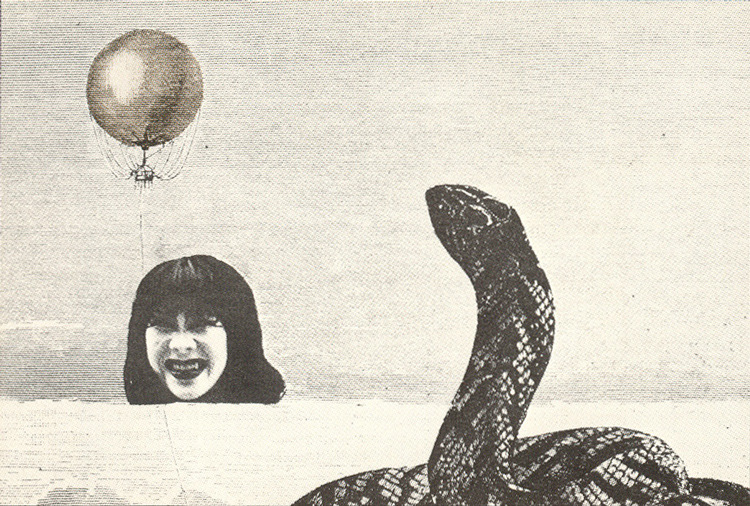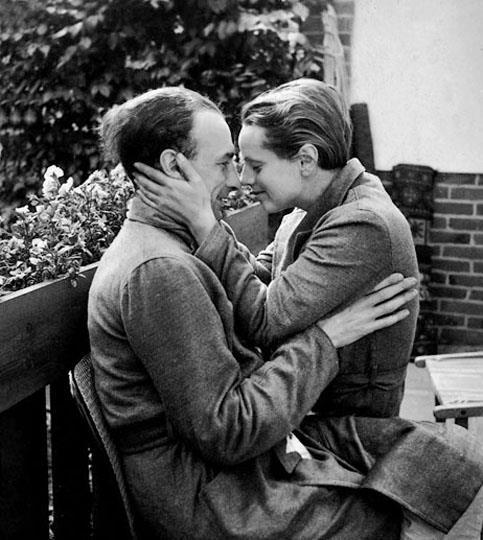 I recently discovered this Tumblr page with a selection of Terayama’s art works. Very Max Ernst. Follow the link to see more, they are really wonderful.
I recently discovered this Tumblr page with a selection of Terayama’s art works. Very Max Ernst. Follow the link to see more, they are really wonderful.
Nothingness may well have been more convenient – but does it float.

 I recently discovered this Tumblr page with a selection of Terayama’s art works. Very Max Ernst. Follow the link to see more, they are really wonderful.
I recently discovered this Tumblr page with a selection of Terayama’s art works. Very Max Ernst. Follow the link to see more, they are really wonderful.
Nothingness may well have been more convenient – but does it float.
‘We love and we observe reality in its fatal and vital motion’ – Anton Giulio Bragaglia
Bragaglia’s article on photodynamism is something that I’m working on at the moment in conjunction with ideas on material affect. Bragaglia’s approach to the photographic image anticipates a visual condition in photography that German art historian Franz Roh later attempts to theorise with his work and the written preface in Foto-Auge (1929). Along with commentary by artists such as Cocteau, Man Ray, Atget, Boiffard, Ubac, Ernst, Magritte and Buñuel, Bragaglia’s ‘manifesto’ helps us to understand the potential of photographic and film arts for capturing what lies below and within the real – the theory of visual interiority.
Project MUSE – Futurist Photodynamism 1911.
The ARTFORUM is a favourite place of mine to browse online – the 500 word page is a great way to discover new art and ideas. The remit keeps communication succinct and punchy. Take a look here: artforum.com / 500 words.
Left: Thomas Ruff, ma.r.s.05 III, 2012, chromogenic print, 100 3/8 x 72 7/8”. Right: Thomas Ruff, 3D-ma.r.s.11, 2013,chromogenic print, 100 3/8 x 72 7/8”.
Prada Candy L’Eau – a nostalgic cinematic homage de Wes Anderson et Roman Coppola
Follow this link! Roman et Wes et Léa Seydoux. Candy. Mignon! The promotion film for Prada’s new fragrance is a candy-sweet Jules et Jim of a love letter to French cinema.

Philippe Soupault et le surréalisme (1982)

Phillipe Soupault and Erna Niemeyer-Richter, Berlin, 1934
I was particularly interested in Batia Suter’s extension of collage into sculpture at The Photographers’ Gallery exhibition ‘Perspectives on Collage’. See examples of her work here Batia Suter
Wifredo Lam is, for me, one of the most significant artists of the modernist avant-garde, not least because his paintings dramatise and question the marvellous that Surrealists and Latin American novelists alike endeavour to capture in their work. His painting thrusts the conceptual and literal marvellous outwards, as twisted and problematic as it is thrilling and dynamic. Lam’s painting stands at the intersection of Cuban revolution, social oppression, postcolonial discourse, and Parisian radicalism. It can be read equally as an expression of Utopian (with Jamesonian capitalisation) and dystopian desires. 1945 – 1951.
A photogram created by exposure to a nocturnal thunderstorm. Natural abstraction captured technically.

I really love the effect of the what I shall call the ‘decaying’ mirror in Raul Ubac’s photo portrait. Daido Moriyama applies a similar technique in his self-portraits using reflective surfaces. The erasure/disclosure of the image plays with the solidity of ‘identity’ as a knowable concept. Here, the woman’s head seems to emerge from water, the neck visible below a filmy surface. The bright dots suggest astronomical constellations. The eyes closed, or cast downwards, the face withdraws from the viewer; the filmy, cracked ‘overlay’ removes the subject further accentuating the construction process of the print. The distancing plays with the ‘present’ moment of the photograph, wrapping the female face in a temporal indeterminacy, the patina suggestive of damaged nostalgic snapshot keepsakes from the turn of the nineteenth century. The woman herself, is positioned indeterminately, submerged in the dreamy water of sleep, or imaginative revelry. Significantly, Ubac’s portrait is the image used for the cover of Rosalind Krauss’s The Optical Unconscious, a book which proposes an alternative history of modernist art. Krauss’s book discusses art (such as that by Ubac and Ernst) as the unconscious ‘side’ of modernism, of art detached from the socio- economic, of more radical, fantastic works representing a shifting reality.
A really interesting blog about Western esotericism that I have just followed. ‘Magic’ is part of my studies after all!
